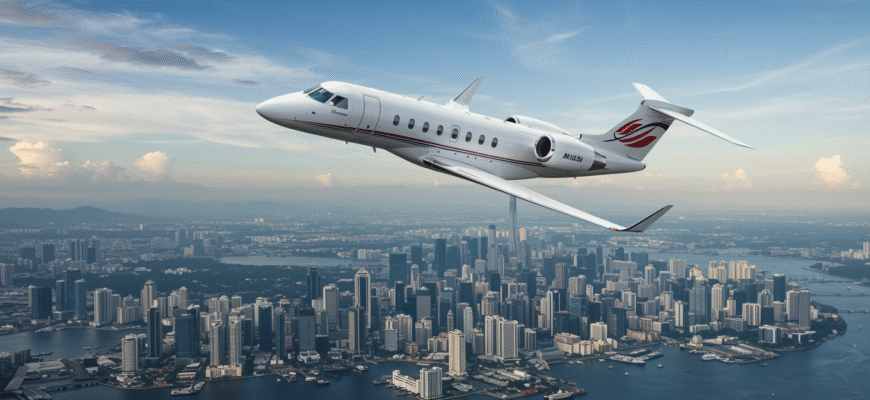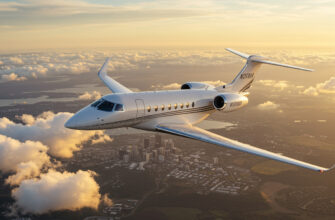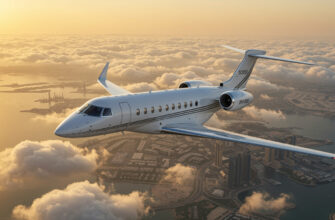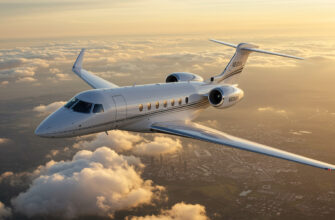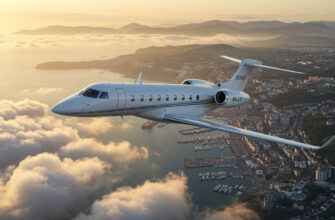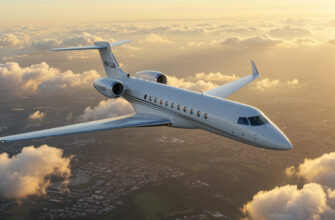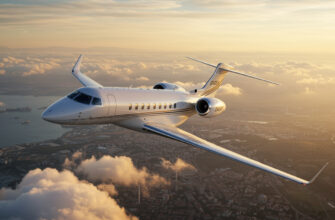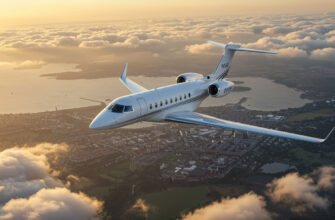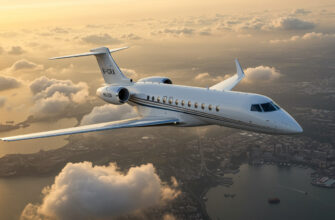Getting in and out of Metro Manila can be chaos on the best of days. Between standstill traffic on EDSA, flight delays at Ninoy Aquino International Airport, and sudden typhoon cancellations, even A-listers and CEOs find themselves scrambling for smoother ways to travel. That’s where private jet charters come in—not just as a status symbol, but as a reliable lifeline. It’s not about being flashy; it’s about control and access in a place that doesn’t always offer either. The appetite for private air travel in the Philippines is growing fast, from elite executives managing regional operations to global artists landing for one-night-only concerts. Medical evacuations, tech founders hopping islands for investment tours, families reconnecting across provinces—when seconds count, flying private isn’t just smart. It’s survival.
Why Fly Private In Manila?
If you’ve ever tried to cross Manila during rush hour—or worse, during the rainy season—you already know the city’s biggest enemy is time. Gridlock can turn a 15-minute ride into a two-hour crawl. NAIA’s busy runways don’t help, with commercial flights often battling waves of cancellations due to weather or congestion. But here’s the thing: while commercial flyers wait, private jets take off.
The reasons people fly private here go beyond indulgence:
- Typhoon season delays – Private operators can reroute or reschedule instantly while commercial flights strand hundreds overnight.
- VIPs and touring artists – Many events hinge on minute-by-minute schedules, and missing a show isn’t an option.
- Medical emergencies – Air ambulances are often the only rapid evacuation method across provinces or from hard-to-reach islands.
- Executives on a tight loop – In today’s quarter-to-quarter decisions, losing 8 hours to a delay isn’t just inconvenient—it’s expensive.
This spike in demand shows: charter bookings in the archipelago have surged over the past few years, with Manila leading the pack. It’s not just convenience anymore. For many, it’s the only move that makes sense.
Booking Your Jet: What To Expect
Booking a private flight to or from Manila isn’t like picking a seat on a budget airline. You’re not locked into anyone’s timetable. You choose your own. Want to fly at midnight to skip city traffic? Done. Morning hop to Cebu after coffee? Easy. That level of flexibility is the real game-changer here—and it’s why so many travelers are making the switch.
Here are a few of the top routes most clients prefer out of MNL:
| Route | Flight Time (Approx.) | Why It’s Popular |
|---|---|---|
| Manila → Hong Kong | 2 hours | Business, luxury shopping, weekend escapes |
| Manila → Singapore | 3.5 hours | Finance meetings, medical tourism |
| Manila → Palawan | 1.5 hours | Beach resorts, wellness retreats |
| Manila → Cebu | 1 hour | Corporate sites, regional events |
Now, when it comes to booking, you’ve got two main options in Southeast Asia: dedicated platforms or private jet brokers.
– Booking platforms (think apps and online forms) are straightforward but limited if you need extras like bodyguards, custom inflight meals, or inter-island add-ons.
– Jet brokers, on the other hand, go full concierge. They’re on-call 24/7 and can patch in changes up to minutes before boarding.
Wondering when to book? Three to five days out offers the best availability. But some flights can be arranged with as little as 2–3 hours’ notice—especially if you’re departing from major hubs and charter providers have jets on standby nearby.
The Aircraft Menu: Private Jet Options At MNL
Flying private through Manila doesn’t mean you’re stuck with one kind of plane. Ninoy Aquino International hosts a wide range of aircraft, and choosing the right one comes down to what you need: speed, comfort, or impress-the-boardroom drama.
Here are your main options:
- Light jets: Great for short hauls like Cebu or Hong Kong. Seats 6-8, minimal fuss, all function.
- Midsize and super mids: Perfect for regional Asia-Pacific travel with a bit more elbow room. Usually 7-10 passengers, with kitchens and Wi-Fi.
- Heavy jets: Long-range power, sleeping arrangements, and full boardroom setups. Ideal for L.A. or Sydney direct.
- VIP airliners: The flying palaces. This is where you see private bedrooms, dining rooms, showers, and staff. Usually chartered by high-ranking government officials or global entertainers.
And if you’re connecting to a remote beach? Helicopters operate directly out of Manila to whisk you to El Nido, Amanpulo, or private estates across Palawan. Some of the most luxurious arrivals have zippered from jet to chopper within 15 minutes—no waiting, no gates.
Bottom line: you pair the jet to your mission. Whether it’s a 90-minute island drop-off or stepping onto the tarmac with a dozen camera crews waiting, there’s an aircraft solution in Manila that’ll make it happen.
Inside the Experience: Step-by-Step
Flying private out of Manila isn’t just about reclining leather seats and Dom Pérignon midair. It’s a full-on experience that starts before your passport even gets scanned.
Arrival at private terminals: The hidden side of MNL
Forget the crowded arrivals hall. At MNL, private jet passengers usually get routed straight to a hidden VIP terminal — either at NAIA itself or arranged through ground handlers who whisk you in discreetly. No queues, no crowds, and barely any outside noise. You’re essentially entering a parallel airport where time slows down and service goes full throttle.
Security protocols, customs clearance, and immigration perks
Here’s some real talk — you still go through customs and immigration, but let’s just say things move faster when you’re flying private. Officers often come to you, scanning your documents in a side lounge. If you’re bringing in gifts, wine, or high-end goods, those need to be logged. But your broker usually handles it all ahead of time. Security checks? Streamlined and personal, without that belt-removal dance.
Meet your crew, stow your luggage, sip something chilled
The vibe after security is intimate. You meet the pilot. You meet the crew. Your bags are either hand-carried to the hold or loaded directly under your supervision. You sit back with a fresh coconut juice (or your poison of choice), while the engines start warming up outside. For frequent fliers, it’s like your own version of arriving at a private beach resort—except you’re about to leave the island entirely.
In-flight experience: catering, Wi-Fi, entertainment, feel of the cabin
The flight itself feels less like transport and more like a living room at 35,000 feet. Filipino crews are known for going overboard — in a good way. Meals are tailored to you (think: adobo or sushi platters, not shrink-wrapped chicken). You can stream Netflix. Zoom a board meeting. Or sleep off a jet-lagged week. Some Gulfstreams even have lie-flat beds, hot meals served on porcelain, and fresh flowers in the lavatory. Who knew?
Touchdown: airport pick-ups, onward transfers, arrival timing precision
Landing’s a science of its own. Whether you’re heading to Boracay, Cebu, or straight to your security convoy in Makati, timing matters. Ground staff coordinates pick-ups to the minute. Bags are in SUVs before the wheels stop spinning. In some cases, you’re helicoptered to island resorts before your texts can even re-connect. That level of timing isn’t show—it’s expectation in this world.
What It Really Costs to Fly Private in/from Manila
Is it all bells and whistles? Absolutely. But sometimes, it’s also the most reasonable move when stakes get high or schedules get brutal.
Time vs. money: when private is the smarter option
If you’re bleeding cash for artists, execs, or talent stuck in Manila gridlock, it adds up. Private becomes the solution not the splurge. One missed connection could cost more than the charter itself.
Ballpark prices per aircraft class (light, mid-size, long-range, VIP liner)
- Light Jets: Start at $2,000/hour — perfect for nearby cities or regional hops like Cebu or Clark.
- Mid-size: Closer to $4,000/hour — great for Southeast Asia connections.
- Heavy Jets: Hit $10,000–$17,000/hour — for LA, Tokyo or Sydney legs.
- Flying Palaces: Over $20,000/hour — think fully customized Boeing Business Jets.
Hourly rates, landing fees, and repositioning costs
That price isn’t just airtime. Repositioning (bringing a jet from another city or country), landing fees at NAIA, plus overnight crew rates can stack fast. Expect bigger bills if you’re booking on short notice or peak weekends.
Membership options and empty legs from Manila
Some regulars offset costs by subscribing to jet card programs or snapping up “empty leg” deals — these are return flights already paid for by someone else. You ride the glamour wave at a fraction of the cost. That is, if your plans are flexible and your bag is already packed.
Setbacks No One Warns You About
Flying private sounds flawless, until Manila decides otherwise. Here’s what most brochures gloss over.
Runway congestion and slot delays at MNL
The airport’s single runway is Manila’s Achilles’ heel. You can pay $15,000/hour and still get slammed with a hold-on-runway tag. It’s worse during peak hours or rainy season.
Manila’s fluid customs and immigration situations
Clearance isn’t always smooth. Manila customs loves random spot checks. And yes, those gifts? They might hold your limited-edition wines for “assessment.”
Limited hangar space and fuel unpredictability during peak seasons
Not every jet gets hangar priority. Typhoon season especially throws chaos into fuel logistics and aircraft positioning. Planes may need to hop to Clark or even Subic for refueling or parking overnight.
